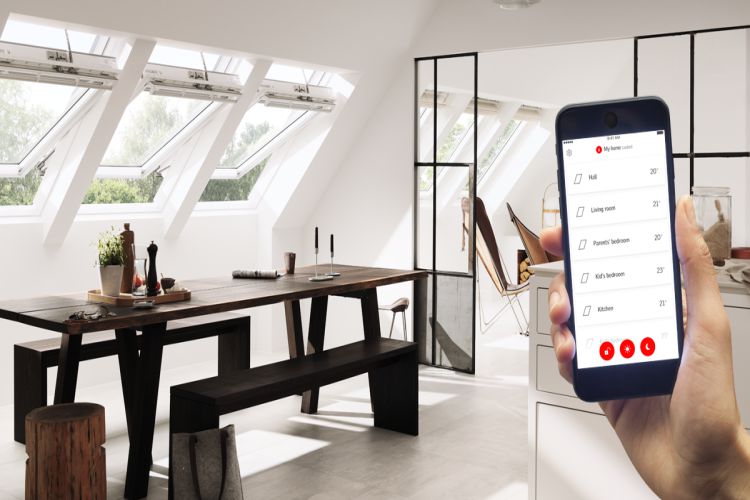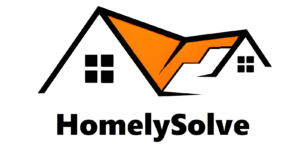Home automation has taken a giant leap forward in recent years, moving beyond voice-controlled lights and smart thermostats into more nuanced areas of the home. One space that often gets overlooked during a tech upgrade is the roof—specifically, skylights. These architectural features bring in natural light and open up a room, but with the right technology, they can also be transformed into intelligent, energy-efficient, and highly functional assets.
From enhancing comfort and climate control to improving sleep and security, modern skylight add-ons are turning simple roof windows into advanced, responsive tools. Whether you’re building a smart home from scratch or upgrading selectively, skylight automation deserves a spot on your checklist.
 Why Smart Skylight Upgrades Matter
Why Smart Skylight Upgrades Matter
Skylights are beautiful, but without automation, they can be a source of glare, heat loss, or even moisture build-up. Traditional manual blinds or fixed panes don’t adapt to changing weather or lighting conditions. Smart add-ons, on the other hand, enable skylights to work in harmony with your home’s ecosystem—opening automatically for ventilation or closing to prevent solar gain.
These enhancements aren’t just about convenience; they’re about control, energy efficiency, and making the most of your home’s design.
Motorized Shades: The Gateway to Skylight Automation
One of the simplest and most effective upgrades is adding motorized shading. These shades can be programmed or app-controlled to adjust throughout the day. You can set them to lower during the hottest part of the afternoon, raise with your morning alarm, or respond to sensor input.
For irregularly shaped or hard-to-reach windows, custom skylight blinds offer a seamless, tailored solution. These not only enhance comfort and privacy but also contribute to the aesthetic and energy performance of your space.
Solar-Powered Skylight Openers
If you’re aiming for a more energy-independent home, solar-powered skylight openers are a perfect addition. They charge during daylight and allow you to automate ventilation without relying on your home’s electricity. Many of these models come with rain sensors that automatically shut the skylight when wet weather is detected—ideal for unpredictable Canadian climates.
Voice-Controlled Integration
Smart skylight systems can easily be integrated into existing platforms like Google Assistant, Amazon Alexa, or Apple HomeKit. This means you can simply say, “Open the skylight,” and it happens instantly. You can also set routines that tie into your daily habits—for example, closing blinds and dimming lights in one command as part of your “movie night” setup.
This level of integration transforms your skylight from a static architectural feature into a responsive component of your living environment.
Climate and Light Sensors
Advanced sensors take automation to the next level. Light sensors can trigger your blinds to close when direct sunlight hits a certain lux level, helping to preserve furnishings and maintain a comfortable temperature. Climate sensors can adjust ventilation based on interior heat or humidity levels, contributing to better indoor air quality and comfort.
When paired with smart HVAC systems, these sensors allow skylights to participate actively in your home’s heating and cooling strategies.
Scheduling and Remote Access
Sometimes, the biggest benefit of smart skylight technology is simply the ability to control everything remotely. Whether you’re away on vacation or commuting home from work, you can check your app to open or close your skylights and adjust blinds as needed.
Scheduling tools also allow for daily or weekly routines, such as opening for fresh air each morning or closing before sunset to preserve warmth during the winter months.
Smart Glass: The Future of Skylights
For those looking to eliminate blinds altogether, smart glass technology offers an intriguing alternative. These glass panels adjust their tint in response to sunlight, heat, or user commands. Though still a premium feature, smart glass is becoming more accessible and can be an energy-efficient, low-maintenance solution for new builds or luxury renovations.
It’s worth noting that while smart glass reduces glare and UV exposure, it may not offer the same level of insulation or blackout capability as well-fitted blinds or shades.
Enhancing Safety with Automation
Automated skylights can contribute to overall home safety. Whether it’s closing automatically in poor weather, deterring intruders by simulating occupancy, or reducing the need for ladders and manual operation, these systems are designed with both function and safety in mind.
Some models even include built-in alarms or lock features that alert you when a skylight has been left open unintentionally.
What to Consider Before Investing
Before you commit to automating your skylights, consider the age and condition of your current installations. Retrofitting older skylights is possible, but may require additional hardware or modifications. Think about your broader smart home ecosystem, too—ensure that any skylight system you choose will work with your existing devices and platforms.
And lastly, weigh the benefits of customisation. Off-the-shelf solutions may not meet all your design or performance needs, especially for non-standard skylight shapes or attic installations. Custom systems may cost more initially but offer better long-term comfort and efficiency.
Let the Sky Work for You
Automating your skylights isn’t just a luxurious upgrade—it’s a practical move toward a more energy-efficient, comfortable, and intelligently controlled home. With options ranging from motorized shades to climate-sensing openers, the possibilities for customization are endless.
So as you continue building out your smart home, don’t overlook what’s overhead. The right skylight enhancements can change the way you experience light, air, and energy throughout your space—no ladder required.
